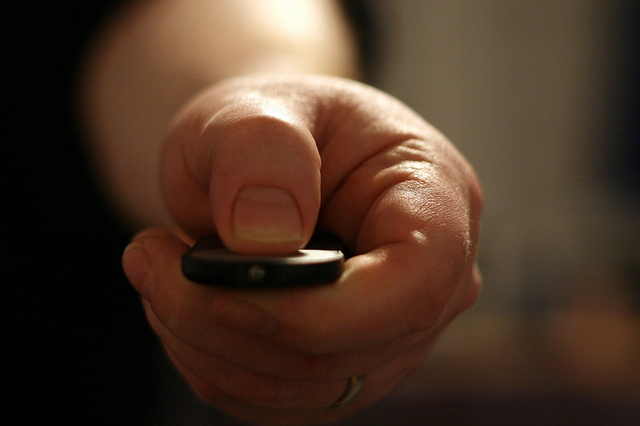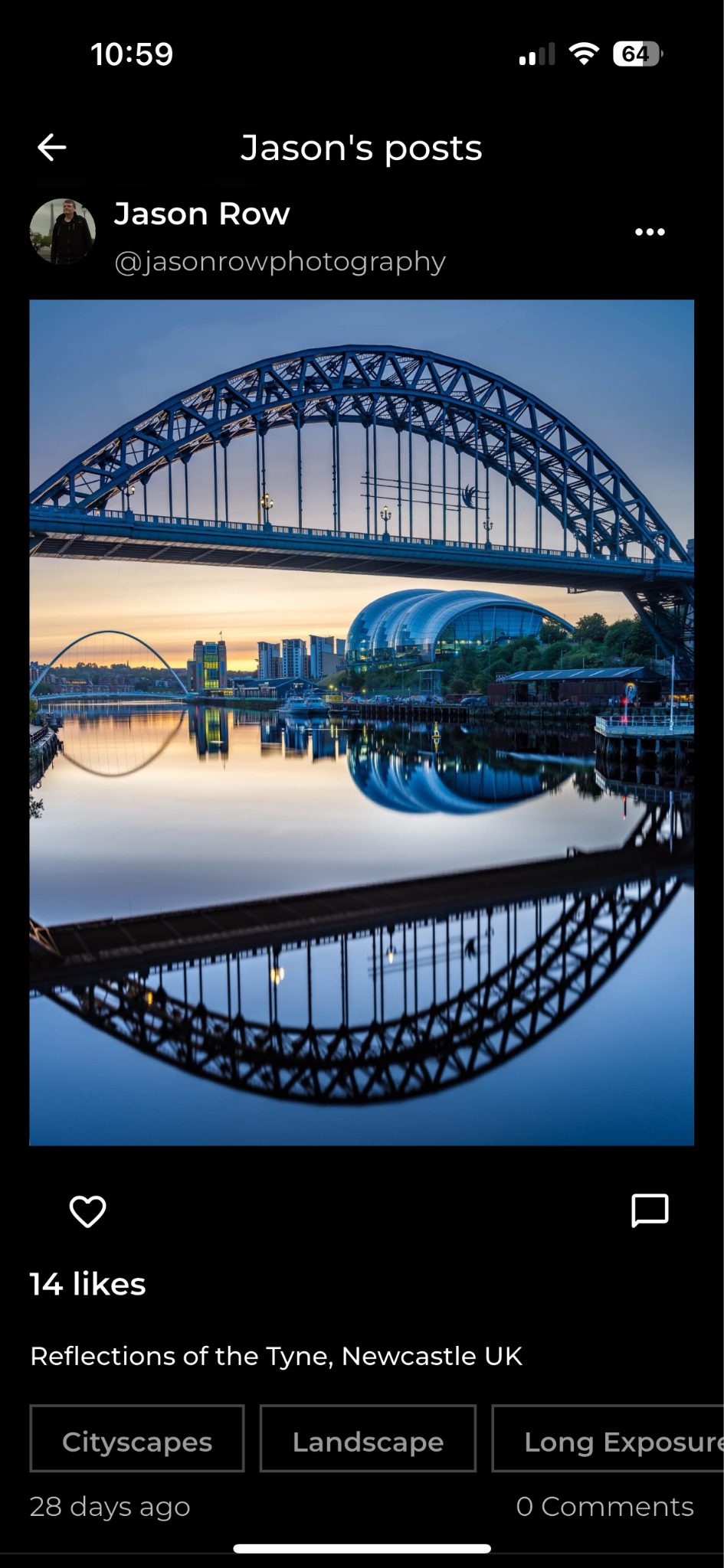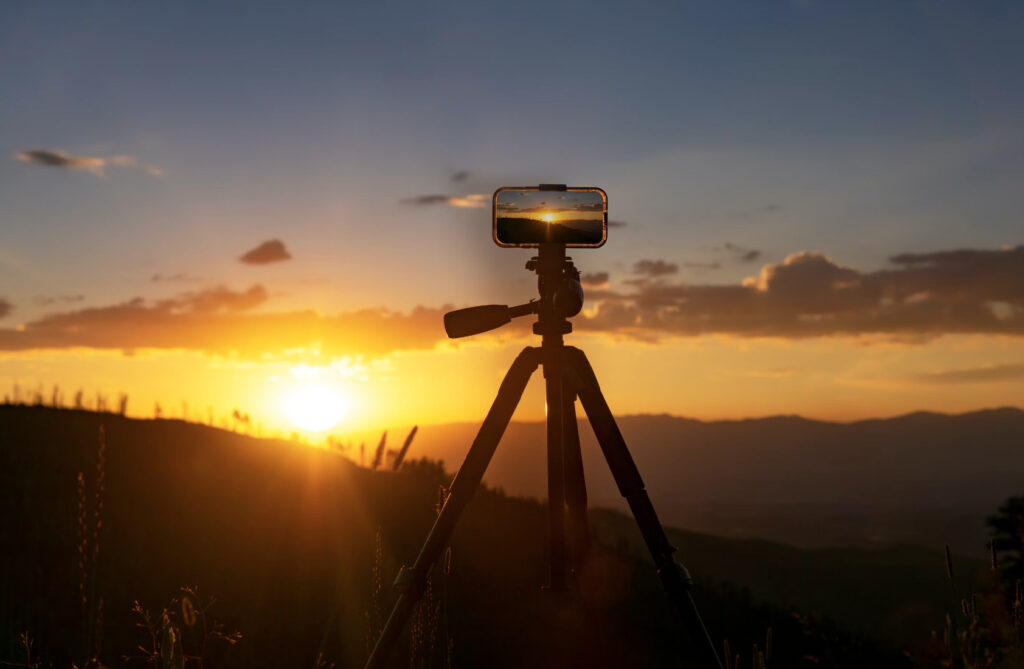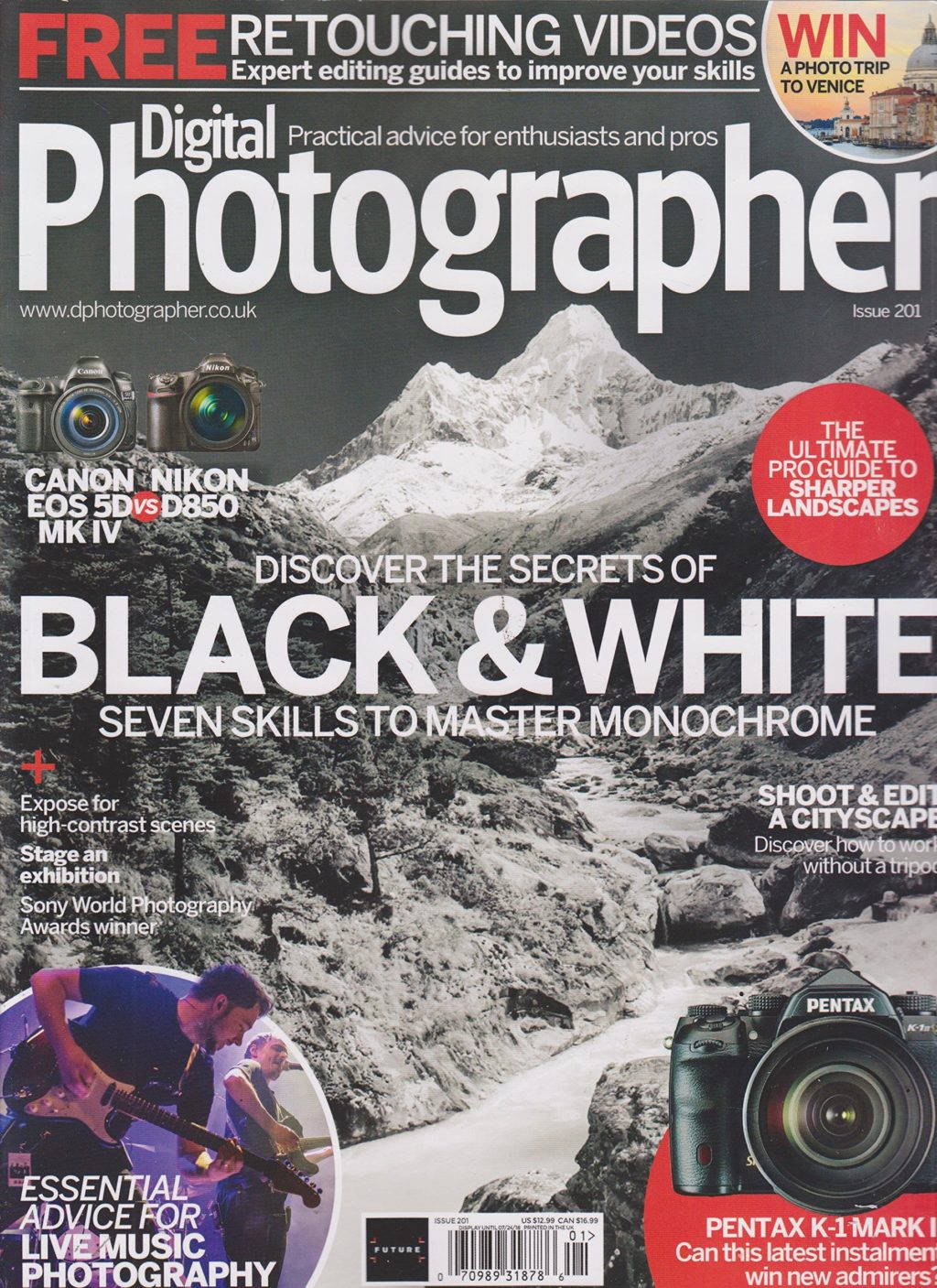A remote shutter release is an easy and inexpensive way to immediately improve the quality of our images. Additionally, the remote shutter release allows for more compositional freedom. We'll outline 1) What remote releases are and how they work, 2) When to use them, and 3) The remote release options with purchasing tips.
What is a Remote Shutter Release?
As the name implies, this handy little tool releases the shutter remotely using a trigger versus pressing the shutter button on the camera. When the camera's shutter is pressed, there is always some shutter shake. Depending on shutter speed, lighting, camera stability, shutter shake may or may not be noticeable in an image.
When working with slower shutter speeds, a remote release combined with a tripod is needed to get good, high quality images.
When Should the Remote Release (and it's partner, the tripod) Be Used?
The following photography types are positively impacted by the use of a remote release combined with a tripod:
- Landscape – Landscape photography spans big picture images from mountain ranges with reflections in water, sunrises in the mornings, to fields flocked with flowers. Landscape photography requires surveying and studying the area. We take test shots, switch back and forth between the live screen and the viewfinder. To get as much in the scene in focus as possible, a smaller aperture (bigger f/stop number) is required. Since this lets in less light, the shutter speed is slower. By using a remote shutter release combined with the tripod, there's additional stability and minimal shutter shake. The outcome is clear images.
If interested doing additional post processing techniques such as blending or HDR, this becomes an even more crucial tool.
- Macro – The remote release is very helpful when working with images close up. We've determined the details that we want to highlight. Those details whether using a shallow depth of field (big aperture,low f/stop number) or a small depth of field should be sharp and in focus.In macro, it's common to make a lot of adjustments as we shoot. Using a flower as an example, we may want to work with multiple f/stops, shading the flower, backlighting the flower (sometimes with a reflector tool, sometimes with our hand, etc) and different focus points. The remote shutter gives flexibility to move and make adjustments and initiate the shutter release without being behind the lens. It also gives the freedom to work with low light settings
- Night, long expsoure – When photographing images at night such as the stars, this is a must-have tool. In long exposure photography, the remote has a locking feature that keeps the shutter open. When photographing star trails that need long exposures, such as 30 minutes or even longer, you'll need the remote release to avoid camera shake caused by touching the camera and pressing the shutter button.
Remote Release Options & Purchasing Tips
There are three types of remote release options. They include:
- Cable Remote Release – A cable release attaches to the camera and has a button or trigger on the end. These work with single and continuous burst shooting and can be used from any position. The trigger also has a locking mechanism to hold the shutter open for longer exposure photography. No batteries are required which improves reliability.Different models have different cable lengths. I've used the cable remote release for an extensive amount of time. It's easy to attach and has a short cord along with an extender cord if needed (I've never used the extender cord). The only down side I've experienced is that I've broken 2 where the cable plugs in to the camera when I've forgotten to remove it before putting into a tight fitting camera bag.
- Wireless Remote Release (radio frequency) – A wireless release has an attachment that goes on the camera. The button/trigger is not physically attached to the camera but on the remote unit. The upside is that it allows for greater distance and working flexibility if needed than being attached to the camera. The wireless trigger may also have a locking mechanism to held the shutter open for longer exposure photography.The potential downside is that the unit that attaches to the camera requires a battery. If your battery dies, you're out of luck if in the middle of a shoot. I have a wireless and cable remote for this very reason.
- Infra-Red – These work similarly to the wireless radio frequency. It does not attach to the camera and it is battery operated. The key difference is that is uses an infra-red light. The position of the remote needs to be in alignment with the camera's built-in sensor to operate. The type of unit would work well in self-portrait situations. In order for this to work, your camera needs to have an infra-red receiver built in to the body. Check your camera to ensure it's supported.
Purchasing tips:
Both the cable and wireless shutter releases are readily available at your local camera retailer or online. IMPORTANT: different cameras have different plug-in requirements. Check for compatibility before you purchase. If unsure, take your camera with you and read the fine print if purchasing online.
Prices vary across each of the 3 options at both Amazon and B & H Photo. The selection is quite lengthy. Tailor your search to your camera type and price range as that will help narrow the selection. The user reviews here are very helpful in determining ease of use, quality, along with performance for the price. I started with a cable release and then later added a remote to the toolkit. This weekend on a shoot my battery ran out so I'm glad I had a backup!








